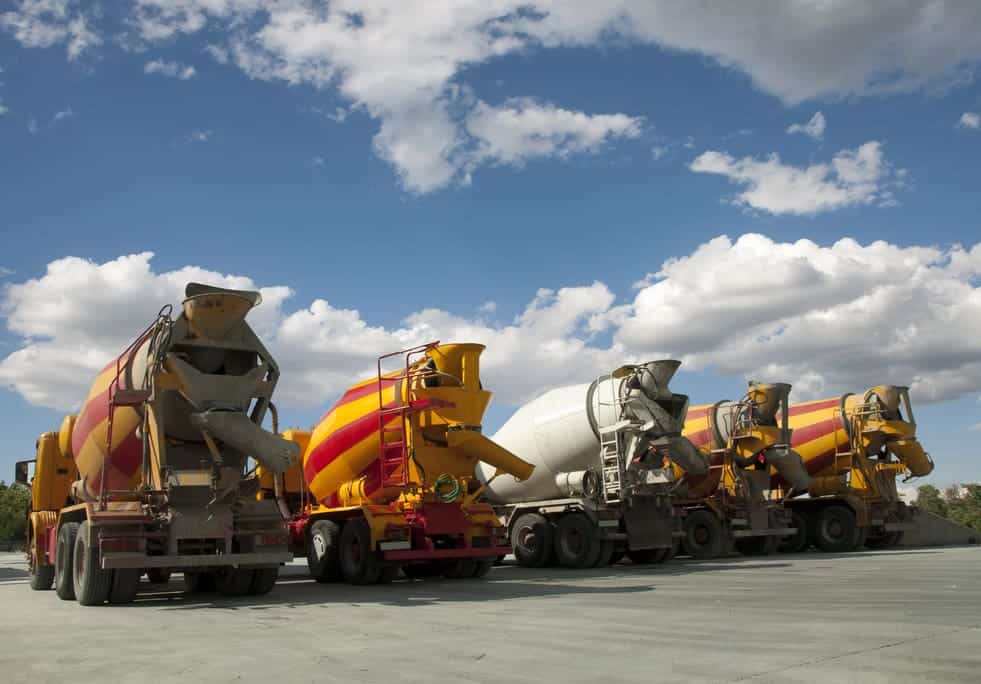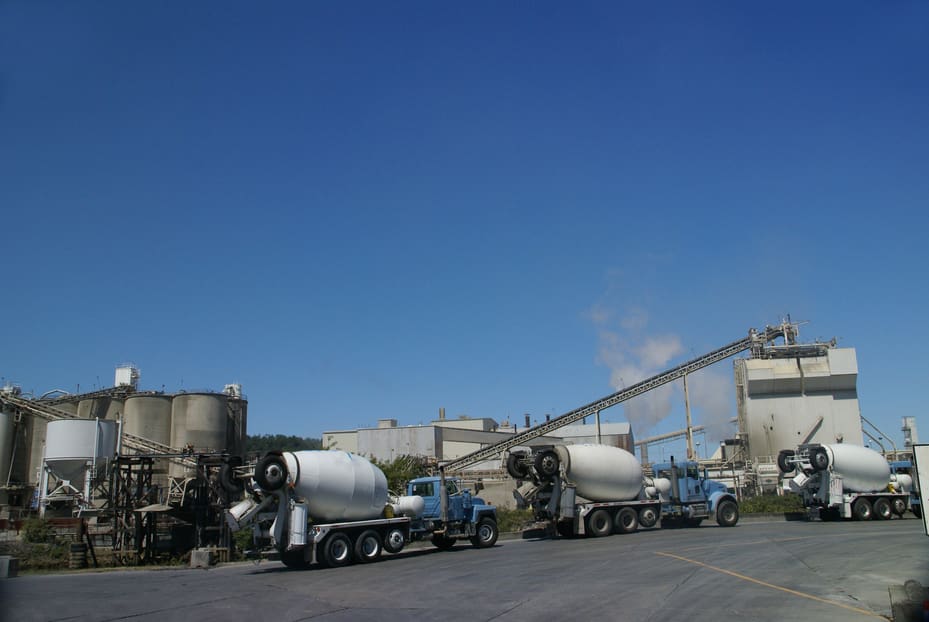Cement truck accidents rank among the most serious road incidents. The enormous size of these trucks—an empty one can weigh up to 30,000 pounds, and they can occasionally carry an additional 30,000 pounds of wet concrete—is one of the primary causes.
A cement truck’s massive weight allows it to wreak a lot more damage in any traffic accident than many other vehicular crash incidents.
Causes of Cement Truck Accidents
Uneven Weight
The rule mandates that construction businesses adhere to loading guidelines for various vehicles based on their weight capacity and other capabilities. A cement truck’s risk of collision with other vehicles, including rollover and jackknifing incidents, increases when it is overloaded.
Speeding
It is recommended by cement producers that concrete or cement mixtures be poured about one hour after mixing. This implies that transportation drivers typically have a short window of time to get where they’re going. To deliver the combination on time, most drivers are therefore motivated to speed or act recklessly, such as running red lights and hastily changing lanes.
Poor Vehicle Maintenance
Typically, the cement or concrete mixture amounts to thirty thousand pounds or more. A poorly maintained axle may easily give way under the immense weight of the truck’s rear axle. Its enormous weight also causes wear and strain on other vehicle components, which can result in mechanical failures if not regularly and carefully inspected. A rollover concrete truck accident, which is typically fatal, can be caused by a cement truck breaking down.
Driver Error
The carelessness of cement truck drivers can take many different forms, such as driving a cement truck while intoxicated, speeding, and distracted driving. Cement truck operators have a greater duty of care and spend a lot of time learning safe driving techniques, yet they are still fallible people who make mistakes when driving.

Common Injuries after a Truck Accident
Among the frequent injuries that result from cement truck accidents are:
- Back and neck pain
- Ruptures
- Spinal cord trauma, resulting in complete or partial paralysis
- Traumatic brain injuries and head injuries
- Shattered bones
- Severe wounds and contusions
- Internal organ damage
- Shattered or crushed limbs
Dangers from Cement Truck Accidents
- Due to their enormous weight, big trucks require a lot greater stopping distance, particularly when they are fully loaded. When the driver of the concrete mixer is fast or inattentive, this stopping distance may be significantly greater.
- Cement trucks are heavy, which not only makes stopping take longer and need more effort, but also makes handling considerably harder, which is why they frequently topple over. In a crash where the cement truck rolled, it’s more likely to impact traffic in multiple lanes and crash into other vehicles.
- Moreover, the weight of a concrete truck strains several of its parts, emphasizing the need for routine maintenance and repairs. Every day, businesses and drivers should check the equipment to make sure it is in perfect working shape.
Recommended Article: DSP Amazon
Compensation for Cement Truck Injuries
Ordinary passenger cars are dwarfed by cement trucks, and the victim may suffer catastrophic injuries and lifelong disabilities as a result of this size and weight difference. They might be entitled to compensation for both the collision’s non-economic and economic effects. Typical forms of compensation that may be offered are as follows:
- Medical expenses
- The price of subsequent medical care
- Lost earnings Potential Lost income Suffering and pain
- Feelings of distress
- Diminished quality of life Damage to property
Recommended Article: Logging Truck Accident
Frequently Asked Questions (FAQs) – Cement Truck Accidents
What are the hazards of concrete trucks
The first elbow of the concrete pump—usually found beneath the hopper—is one of the things that concrete delivery professionals are most concerned about. With the highest pump pressure and greatest wear, this area in the elbow joint experiences abrasions and metal weakening, which can lead to ruptures that could seriously injure the ready-mix driver’s legs and feet.
All rigid pipe couplings are among the other areas of concern. These components are subject to wear, and nearby building operations may inadvertently knock off the mechanical safety pins that are meant to keep the connectors from opening.
Falls, stumbles, and slips from walking surfaces, elevated workstations, and truck equipment. 50% of the injuries sustained by drivers of concrete trucks.
Using the loadout chute can result in injuries to the hands and fingers from pinch points, swinging parts, and falling tools and materials.
The musculoskeletal risk factors that affect concrete truck drivers are comparable to those that affect many other professional truck operators and construction professionals.
In all aspects of their jobs, ready-mixed drivers are subjected to high noise levels, just like those in other construction and truck driving vocations.
During loading operations at the factory, a driver may be exposed to silica, cement, and other aggregate material-containing dust. Drivers may come into touch with skin-irritating and sensitizing elements in mixed concrete and admixtures at the plant and delivery location.
Normal truck operations produce heat, which causes hot surfaces on the equipment and truck components to become dangerous for drivers to come into touch with.
When loading and unloading, drivers run a high risk of being injured by flying aggregate particles, slurry water, and concrete splashes. Hazards to drivers during truck operations include collisions at the plant, on the road, and at the delivery site.
Why are Cement Trucks Always Moving
Three primary materials make up concrete: water, aggregate (such as crushed rock or sand), and Portland cement. The substance must be well mixed before it can be poured and strengthened to the appropriate degree. Internal blades in a ready-mix truck drum help move the material around as needed and facilitate the distribution of concrete when the timing is appropriate.
What is the Difference Between a Cement and a Concrete Truck?
It seems that the average person uses both equally. Someone who deals with the two may frequently be unaware of their distinctions. While concrete is a mixture of cement and a few other substances, cement is one of the components of concrete. The primary difference between the two materials is this.
Help With Cement Truck Accidents and Compensation
Give Coluccio Law a call to assist you with your cement truck accident and get compensation for your injuries.
Recommended Article: Why is it Called a Semi Truck




